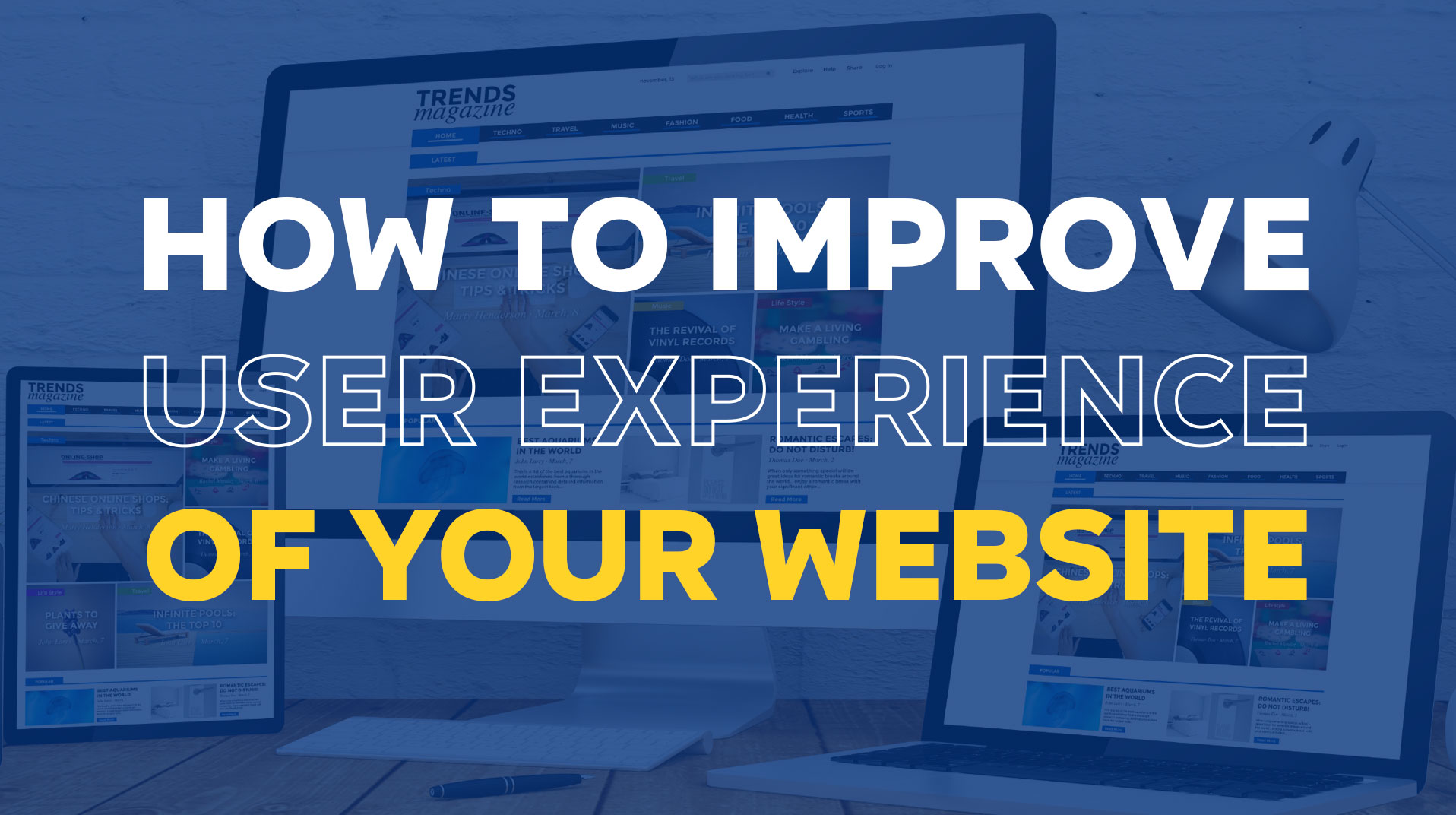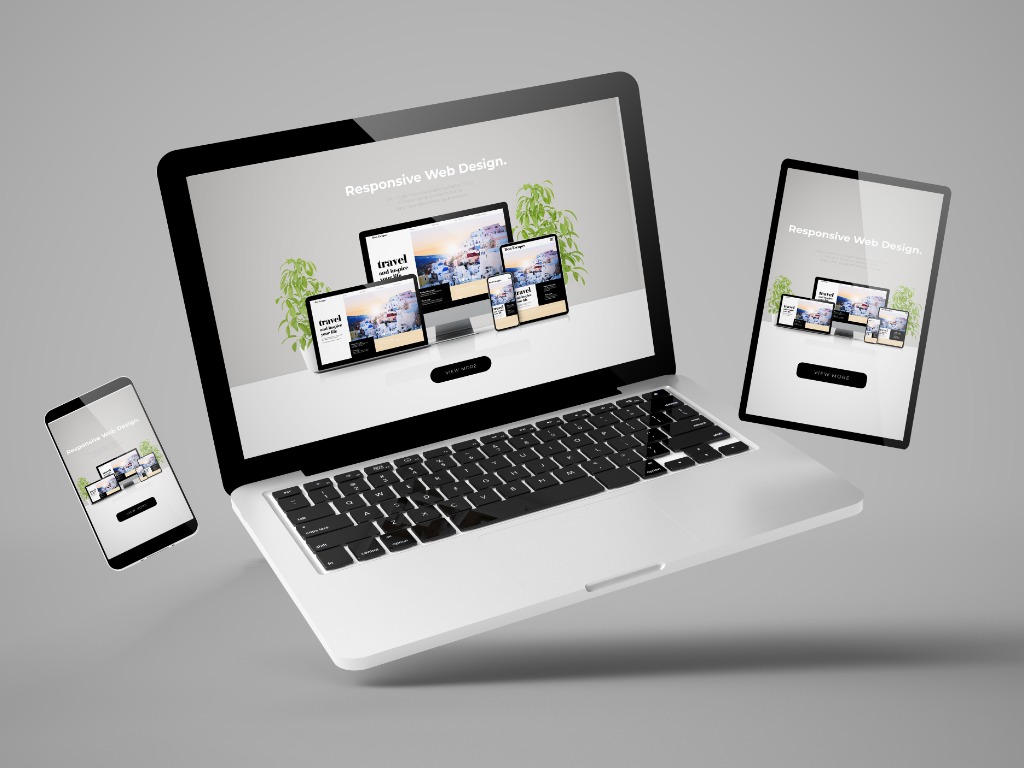
No matter what business you operate, when you create your website, you are developing it for your clients, not for your company. Users should be able to simply access and explore your website to find a solution to their problem. This is all part of their user experience (UX), and giving them a good experience should be your primary objective for every design decision you make.
What is UX? (User Experience)
Don Norman, the inventor of the term User Experience, defines UX as everything that affects a user’s encounter with a product. What exactly does he mean by this? It suggests that UX is concerned with a user’s experience not just while using a product, but also before and after.
So it is not simply about creating a simple and appealing UI. It is also about the experience that the product provides through marketing, packing, delivery, and post-delivery assistance. Throughout this process, a UX designer must consistently address the demands of consumers. Otherwise, no matter how good a design is, it will just disappear into thin air. To improve the user experience on your website, you must strike the appropriate balance between usability, utility, and attractiveness.
Importance of Improving your Website’s User Experience
Your users must be at peace with your website. That is why you must optimize your website’s user experience to assist your users in navigating it. You must guide customers around your online business and allow them to make their own decisions.
For example, you may establish an internet business that sells popular designer clothing. But if consumers are unable to reach the checkout, they will give up and go. This might be due to a lack of familiarity with the buttons or a delayed loading time on your website.
Did you know that 70% of customers despise purchasing a product from a website that has sluggish loading times? This information is featured in Unbounce’s 2019 study on page speed statistics and trends, which was compiled from replies from 750 customers and 395 advertisers. That is why you should ask yourself, “How can I provide a quality experience?”
How to Improve a Website Performance

Use clear and consistent navigation
The navigation of a website is critical to its operation and user experience. Users must be able to easily find the content they need, thus this is an important factor to consider while deciding on the best technological foundation for your website.
To ensure smooth navigation, use visible and easily understanding menus, labels, and headers. Furthermore, keeping uniformity in your navigation menus across all pages ensures that consumers are not confused or disoriented while switching between portions of your website.
Optimise your site speed
Your website’s performance has a huge impact on its user experience. Slow-loading websites annoy visitors and might result in high bounce rates. Improving the performance of your website is critical to providing a great user experience. One efficient way to accomplish this is to compress the photos on your site, which decreases their file size while maintaining their quality.
Furthermore, effective coding standards are critical for maximizing the performance of your website. This entails developing clean and succinct code that eliminates any extraneous processes or routines, hence improving the overall load time of your sites.
Tools such as Google PageSpeed Insights can help you find and resolve performance issues with your website. This helpful resource offers extensive analysis and ideas for enhancing the performance of your website.
Use attractive calls to action

Your clients are already accustomed to using visual clues to identify whether material is relevant to them. Calls to action (CTAs) that are clearly labeled with an action word allow your website visitors to browse your site and discover exactly what they are looking for in the spot they anticipate.
When designing buttons for your website, consider color theory and psychology. In a recent study done by Maxymiser, researchers were surprised to discover that by evaluating color changes and action wording, they increased clicks to the website’s checkout page by 11%. Various colors convey various messages. Consider the message you want to convey to a user (trust, experience, intellect), and select your colors carefully.
A second factor to consider is the actual phrases you choose for your buttons. The words should contain a verb or an action term that motivates the user to do something. Choosing the proper words or psychological triggers is heavily influenced by the amount of emotional identification that the word evokes. No emotional connection equals no action. So make your statements bold, time-sensitive, and action-focused.
However, you should remember that CTAs will bring certain benefits only in case the customers will proceed with the future orders. If to monitor calls regularly you can receive valuable insights into customer inquiries and pain points, allowing you to identify areas for improvement on your website. By analyzing these interactions, you can optimize content and navigation, ultimately enhancing user satisfaction and engagement.
Concentrate on functionality

Prioritise utility above beauty. Is your website mobile-friendly? How soon will your webpage load? Is the overall look and feel of your website consistent? The website’s layout should be straightforward and consistent. The language, meaning, and location should all be obvious. Will your website direct your prospects or make them feel dumb?
An intuitive style, design, and messaging will turn your visitors into customers by addressing their concerns and offering answers. However, being insightful and attentive does not mean being dull! Just because something is carefully created does not imply it has to be dull or predictable. Include some creative aspects to make the user experience distinctive and memorable.
Keep it simple
When building a better user experience, remember the value of simplicity. Keeping the design simple improves usefulness while reducing the cognitive burden for visitors. This philosophy can influence your final design by influencing decisions about layout, navigation, and visual aspects. Value information flow and straightforward messages. Simplicity allows users to locate what they need fast, grasp the website’s goal, and participate with ease. It also promotes trust, professionalism, and a great customer experience.
Use photos judiciously
People all around the Internet are becoming better and faster at analysing corporate websites before deciding whether or not to continue browsing them. When customers first visit your website, they can quickly identify a generic stock photo they have seen elsewhere or that mimics the non-personal style of stock photography. Using stock imagery might reduce trust while also making your content appear generic and unoriginal. Unfortunately, these connotations apply to your firm as well.
Optimise website for different browsers and devices

According to Statista, mobile users make up 90% of the worldwide internet population. That is why it is critical to ensure that our website is responsive and appears well on all screen screens.
In general, we should build our websites to be user-friendly on both desktop and mobile devices. This entails keeping our design basic, with huge text sizes and buttons. We should also scale pictures and trim animations so that they appear excellent on tiny screens.
You should also test our website in several browsers to ensure that it works properly. Google Chrome is the most common browser worldwide, however it is critical to test our site in other browsers such as Mozilla Firefox, Safari, and Microsoft Edge. You may use Google’s Mobile-Friendly Test tool to see how our website looks on various browsers and devices. Simply input your URL, and Google will show you how your site appears on various devices.
Create high-quality content
Website usability involves the generation of quality content and this paper seeks to detail on how it can be done to enhance the user experience. However, quality content not only attracts people but also helps to tell everyone that your brand is a credible one. That is why the emphasis should be made on providing only useful, interesting, and relevant content that a target audience might need. Avoid complexities and write in simple language, also ensure that the articles are well laid down with subheadings and proper lists and images where necessary.
Adding pictures, videos, and/or graphics to projects can make the content THE content easier to comprehend. Also, updating your content frequently helps provide new content to the guests, making them revisit the site. Ignored Plot making can draw a cordial relationship with your intended audience and therefore improve their experience.
Last but not least, increasing your site’s click-through rate helps increase your website traffic by ensuring that your content is visible to as many people as possible as a result of search engine optimization. When you focus on high-quality, and powerful content, you enhance the site’s functionality and increase its ranking as well.
Test and iterate

To improve the usability of your website, testing, and iteration are important processes that need to be implemented. Usability is a practical technique that enables you to obtain actual users’ responses concerning the way they employ your site. This activity is useful to single-out problems, Confusing Account Flow, or Content that does not meet the expectations of the audience.
After getting this data, the next process is to always iterate,, meaning to improve based on the feedback received from the users. It could also entail restructuring some parts, such as streamlining the workflows or optimizing the site’s speed. Splitting the pages and testing several versions of the page in question provides you with definite results of which variation would be better to choose in the process of designing.
The process of testing produces results that make the creation of another test possible; this is a cycle that initiates the enhancement of the website together with the user’s expectations and the available technology. Thus, by prioritizing this approach, you create an atmosphere that is beneficial for users by engaging them, making them stay on your site, and, therefore, use your services. Implement the test and iterate approach to constantly create an efficient and qualitative online image.
Be attentive to feedback
Website owners frequently forget their most important asset: their users. Whether you have a huge or small firm, users may always assist test your product. They can help you find bugs and other usability concerns. They can uncover flaws that might otherwise go unnoticed. Furthermore, you may gain a firsthand perspective from your target audience this way.
Online surveys are one way of gaining feedback. You can try:
- SurveyMonkey
- Google Surveys
- QuestionPro
- SurveySparrow
Just bear in mind that you must be receptive to feedback. Once there, you’ll be able to discover feedback anywhere. For example, you may discover a hidden treasure in the comments, prompting a full redesign that is significantly more appropriate.
Ready to welcome visitors to your website?
To summarise, in the ever-changing world of online development and design, user experience stays at the heart of building great websites. Prioritising user experience is not a nicety; it is a must. By following these ten website user experience principles and always aiming to enhance your website’s UX, you can build a digital place that not only attracts but also retains users, therefore increasing your company’s online success. Remember that a pleased user is more likely to become a loyal customer and advocate for your company.

Speak with our Expert
Got a quick question about how your small business can grow
with great user experience website? Ask our expert.
Speak to one of our experts today on 01702 668207 or send us a message.
